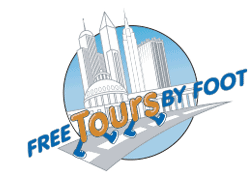If you’re trying to find something fun to do in the Greenwich area, there are a lot of great activities you might want to consider on this list.
If you are looking for content written by locals and not enormous media conglomerates favored by Google, then you've come to the right place.
We are local tour guides who offer walking tours of New Orleans to tens of thousands of visitors each year.
In the video below, one of our tour guides, Sinead, takes you on a walk through Greenwich.
And, we are asked regularly for recommendations on things to do.
Greenwich is one of the most historic areas of London, England, and it's also full of fun activities and attractions that you might want to visit.
We offer free walking tours which cover a variety of locations in this ancient city, and there are a lot of other tour services you might want to consider as well.
In addition to covering Greenwich tours in this post, we'll also include details about all of the tourist attractions in Greenwich as well as some hidden gems and events enjoyed by the locals.
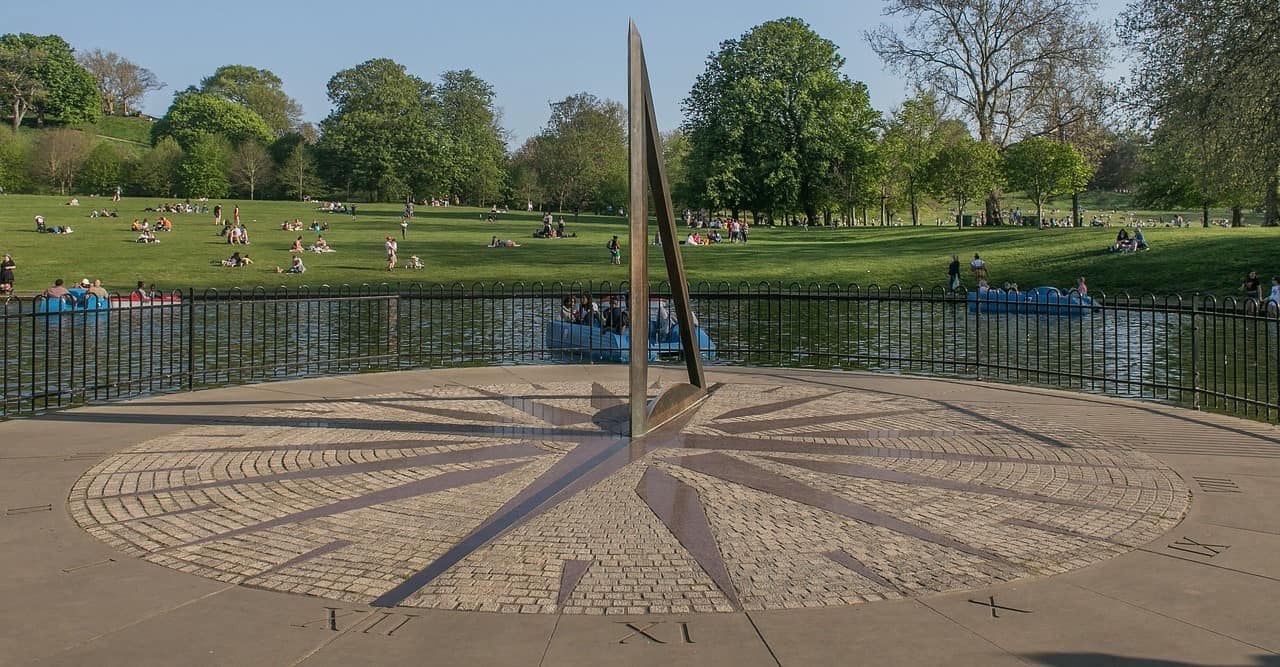
This post covers several FREE attractions, family-friendly and evening events, and locations.
We also have a list of annual events and things to do this weekend in Greenwich and events that take place seasonally.
If you're interested in doing some shopping, you'll also find a list of the best markets and restaurants to visit in Greenwich, as well as several parks where you can enjoy a picnic.
The activities listed below might be discounted with a London discount pass, so if you plan to visit multiple locations, check and see if you can save money on admission.
At the bottom of this post, you'll find directions that describe how to get here by boat, tube, foot, and even the London cable car.
- Tours of Greenwich
- Things to Do Today
- Things to Do at Night
- Things to Do with Kids
- Museums & Parks
- Markets & Restaurants
Is it easy to walk around Greenwich?
Most people will find it very easy to walk around this borough, as there are plenty of parks and green areas and it's not too difficult to get around.
That said, you can also use the tube and other public transportation to get around if necessary.
Tours of Greenwich
If you want to explore all that Greenwich has to offer, it's a great idea to start with a tour.
Take a Walking Tour
If you’re unsure how best to visit the sites listed in this post, you might want to consider taking a private tour of Greenwich with one of our amazing guides.
This tour is a great way to familiarize yourself with the area and see some of the most notable landmarks while learning about the area's history from a local guide.
We also offer a variety of other free London walking tours and even some self-guided tours you might want to consider!
Take a Self-Guided Audio Tour
Here is a sample from our audio tour of Greenwich, written and narrated by one of our expert tour guides.
Download this audio tour and check out our others here.
Take a Tour with City Cruises
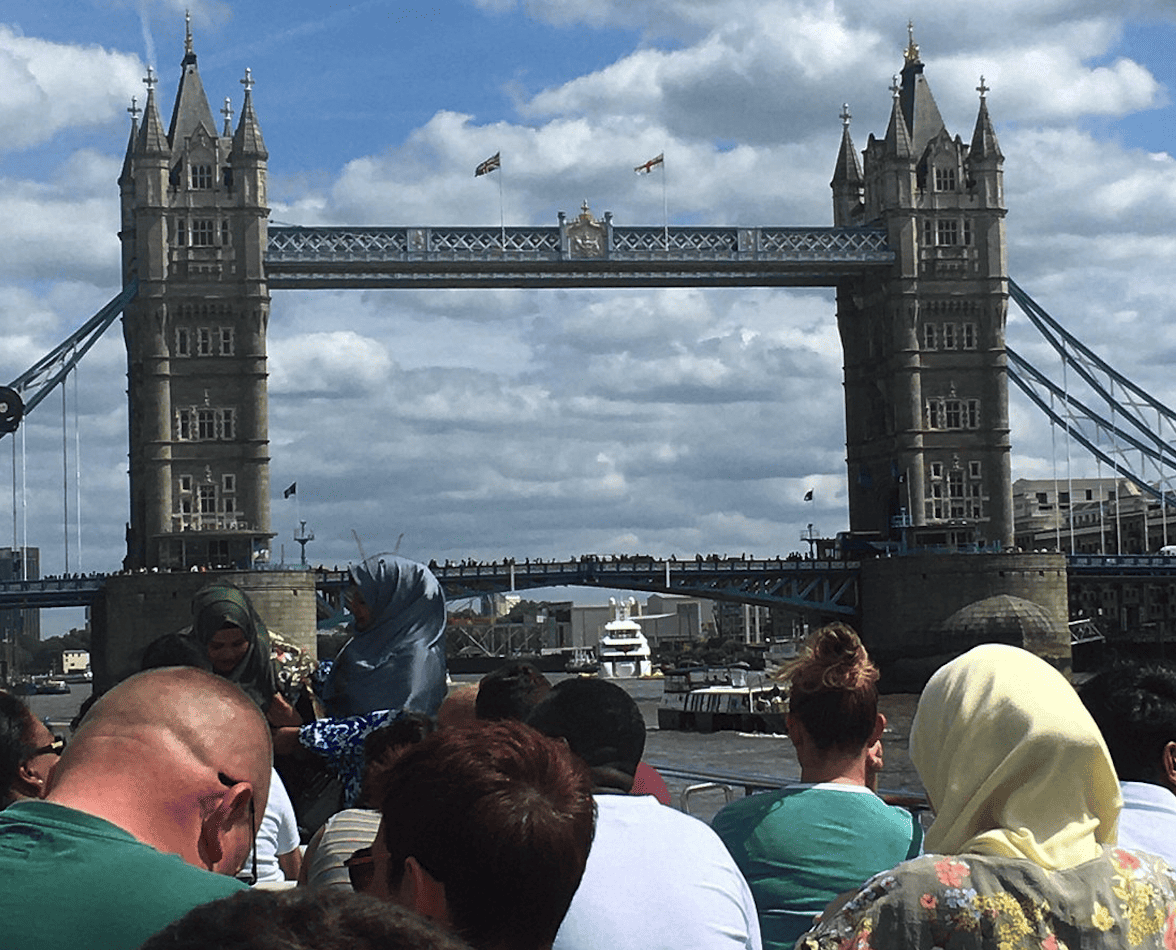
City Cruises is a great way to tour London and travel at the same time!
You can pick up the boat in Westminster and take it all the way to Greenwich Pier, and vice versa.
With insightful commentary along the route, you'll make the most of your time in the city by travelling to Greenwich while soaking in the views and history as you go.
Take a Virtual Tour
If you'd prefer to explore Greenwich from the comfort of your own home, we've got you covered! Check out our virtual tour of beautiful royal Greenwich below.
Things to Do Today in Greenwich
Looking for something to do right now in Greenwich? Look no further! This list includes Greenwich attractions that are open daily.
Visit the Cutty Sark
The Cutty Sark was built in 1869 for £16,500. She was one of the last tea clippers to be built and one of the fastest.
In fact, at one stage in her career, she was thought to be the fastest freight ship in the world.
It was retired in 1954 and has been in a ‘dry dock’ ever since.
Badly damaged by fire in May 2007, the Cutty Sark has undergone a £35 million restoration project and is now open again to the public.
If you want to actually enter this attraction, you'll need to purchase a ticket either on-site or ahead of time.
Cutty Sark is also included with both the London Pass and the Explorer Pass.
See the Royal Observatory
The Royal Observatory was commissioned by Charles II in 1675, and the foundation stone was laid on the 10th of August in that year.
It was built for £520 – which was £20 over budget!
The Observatory's primary purpose was to measure and monitor time; the most famous aspect of the Observatory comes from this purpose: The Prime Meridian.
At 0 degrees longitude, the Greenwich Meridian marks the point where all time around the world is measured. This is the beginning of the Greenwich Mean Time (GMT) zone.
The Prime Meridian line was established in 1851 and gained international use by 1884.
A stainless steel strip in the courtyard marks the line, and since 1999 there has also been a green laser that shines down 0 degrees.
Today the Royal Observatory holds a museum of astronomical and navigational tools, including artifacts documenting the history of precision timekeeping for nautical and astronomical purposes.
If you would like to enter this attraction, consider purchasing tickets ahead of time.
The Royal Observatory is also included with both the London Pass and the Explorer Pass.
Climb the O2
If you're looking for an exciting experience, take the chance to climb the famous O2.
You can experience the thrill of climbing to this famous entertainment complex and taking in the breathtaking panorama.
O2 was built for the turn of the millennium in 2000 and was initially named Millennium Dome.
Later, it was transformed into a tourist attraction, and in 2012, Up at the O2 was introduced for people to climb and mesmerize themselves with the panoramic views.
You may Cilmb the peak of Up at the O2 with proper gear and a knowledgeable guide and behold a breathtaking panorama.
See the Stunning Painted Hall
Designed by Sir Christopher Wren and Nicholas Hawksmoor, this is one of London's most impressive interior spaces.
It was originally intended as an eating space for naval veterans to eat while admitted to the Naval Hospital.
The fine paintings in this room demonstrate the power and grace of British maritime history.
Horatio Nelson lay in state here after the Battle of Trafalgar.
Walk Underneath the Thames on the Greenwich Foot Tunnel - FREE
This tunnel was designed by Sir Alexander Binnie for the dockmen who worked and lived on different sides of the Thames and was opened on 4th August 1902, replacing an earlier (more expensive) ferry service.
The entrance shafts at both ends are housed underneath giant domes, and access is granted via stairs or lifts.
The tunnel itself has an internal diameter of 9 ft (2.74m), is 50ft (15.2m) deep, and is 1,215ft (370m) long.
The tunnel is coated in 200,000 white glazed tiles and is open to the public 24 hours a day.
From here, you can see The O2, a.k.a. the Millennium Dome, opened to the public from 1st January 2000 until 31st December 2000.
Today, it houses a major exhibition celebrating the start of the third millennium and at a cost of over £700 million.
Enjoy a Game of Mini Golf
Want to have a little golf excitement?
If you want to practice putting in a fun and vibrant environment, Crazy Putt Golf is the best option available in Greenwich.
This 18-hole golf course has fun obstacles and themes to keep players entertained.
Compete with your friends and family as you try to make it through the maze of holes you've created in your mind.
This golf club is suitable for all ages, from kids to elders, and gatherings, from family to date night, can be held here.
Spend Time at St. Alfege's Church - FREE
St. Alfege Church is a stunning Anglican parish church with a long and storied history. This sacred Church has been in its place since Alfege was martyred.
People of all ages from all around the world come and pray here.
Even if you’re not into prayer, you’re most welcome to visit and explore St. Alfege Church.
The church's beautiful design and quiet interior make it an ideal place for quiet reflection.
Experience the beautiful blending of faith and community by touring the church, gazing at the stained glass windows, and admiring the organ's artistry.
The Church Authority also offers some hidden space tours you can participate in.
Take an Uber Boat Along the Thames
Enjoy a relaxing cruise down the Thames River with the Uber Boat service.
Take in sights like the Tower of London, Tower Bridge, and the London Eye as you relax onboard.
Relax in the boat's rocking motion, take in the beautiful scenery, and remember your time in Greenwich forever.
Learn more about how to ride the Uber Boat in our post covering London boat tours and cruises.
Visit Eltham Palace and Gardens
Eltham Palace and Gardens is a spectacular Art Deco mansion surrounded by gorgeous grounds where you may experience the splendor of the past.
Wander the beautifully groomed 19 acres of award-winning gardens and admire the ancient Great Hall as you take in the mansion's magnificent interiors.
An intriguing fusion of medieval and modern design, this building provides a look into the opulent lives of its former owners.
Check out our post on palaces in and around London.
Go on an Exploration Game
Get more out of your trip to Greenwich by playing an exciting interactive exploration game.
Take an exciting journey by searching for and finding various hidden objects.
These games offer a novel approach to learning about the community while simultaneously testing your problem-solving abilities and allowing you to make some fantastic new memories.
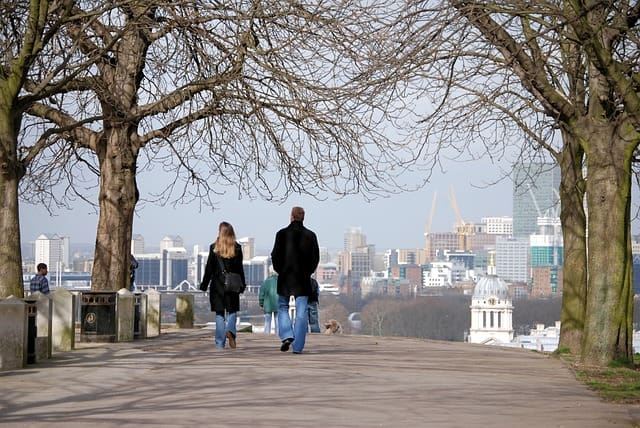
You will get clues on your phone to find the mysterious routes and discover Greenwich far better than a local traveler.
On your way through the Greenwich City Exploration game, you will get various cafe & pub recommendations to have a real Victorian feel.
Things to Do at Night in Greenwich
Are you a fan of the night life? Then Greenwich has you covered with plenty to do after the sun goes down!
See a Show at The O2 Arena
Why not take in a world-class performance at this legendary venue after taking in the breathtaking views from the O2's rooftop?
The O2 hosts various concerts, plays, and other live events.
It doesn't matter if you're into music, comedy, or sports; there's a show for you.
You can visit the website to check the upcoming shows and choose the one that suits your taste.
Enjoy a Comedy Show at Up The Creek Comedy Club
Come to Up The Creek Comedy Club, ready to have a good time. For decades, patrons of this landmark have been treated to world-class stand-up comedy.
So kick back, relax, and laugh the night away at the clever antics of professional comedians.
Relax and enjoy yourself here with loved ones or close friends.
You will get to watch some comedy and enjoy a few pints of beer.
They also offer Birthday Club and Happy Hour to make your moments memorable.
With the Birthday Club, you can celebrate birthdays for free, and the Happy Hour from 4 pm to 7 pm offers amazing brewery and snack deals.
Enjoy Live Music at Oliver's Jazz Bar
Visit Oliver's Jazz Bar and lose yourself in the mellow sounds of jazz.
In this cozy setting, great musicians may improvise to melodic rhythms that captivate you.
Relax with a drink and let the soothing music whisk you to a place of beautiful harmonies and creativity.
Explore what’s on to check for upcoming jazz events and buy your tickets online. If you love music, this Jazz Bar is heaven for you.
Take in a Show at Greenwich Theatre
Check out a live performance at Greenwich Theatre. Plays, musicals, comedies, and other acts for all ages fill this historic theater.
The program always has something to suit various preferences, from serious dramas to comedies.
Experience the magic of the performing arts and give back to the community by going to our little theater.
Things to Do with Kids in Greenwich
If you're travelling with little ones, Greenwich is a great place to consider visiting. With plenty of child-friendly activities in Greenwich as well as playgrounds, you'll find something to suit every family.
Ride the IFS Cloud Cable Car
Take a ride on the IFS Cloud Cable Car for spectacular views of London's skyline and the River Thames and a thrilling adventure.
You can take in breathtaking city views as you soar over it. Amazing photo opportunities and priceless experiences can be had on this once-in-a-lifetime voyage.
IFS Cloud Cable Car is the only cable car in London that lets you experience a 360 view of London.
It travels between Royal Docks and Greenwich, providing a round trip if you want.
It spans over 1 km and takes 10 minutes to ride. You don’t need to purchase advance tickets, though there are some options to purchase online tickets.
One cable car can take 6 to 8 people on 1 trip.
Enjoy Some Crazy Mini Golf
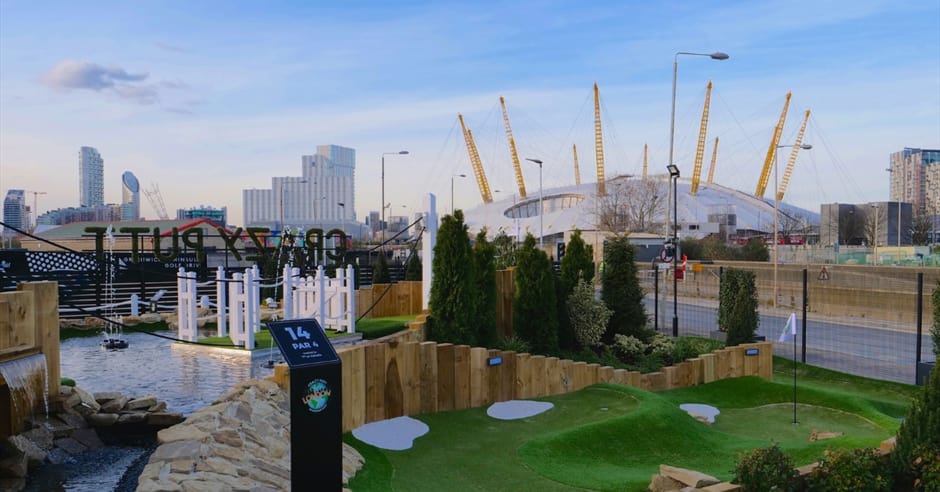
As mentioned above, this 18-hole golf course has fun obstacles and themes to keep players entertained.
Compete with your friends and family as you try to make it through the maze of holes you've created in your mind.
This golf club is suitable for all ages, from kids to elders, and gatherings, from family to date night, can be held here.
Visit Greenwich Peninsula Ecology Park - FREE
Greenwich Peninsula Ecology Park is a great place to get away from the city and spend some time in nature.
This peaceful retreat is a haven for wildlife and an opportunity to learn about various ecosystems.
Enjoy a peaceful stroll along the meandering paths while looking for local bird species and learning about the value of protecting natural areas.
Go to the Peter Harrison Planetarium
Visit the Royal Observatory's Peter Harrison Planetarium to tour the stars.
The cutting-edge technology at this venue allows visitors to see shows that take them to other galaxies and reveal the secrets of the cosmos.
Let professional astronomers enlighten you on the wonders of the universe as you relax and take in the breathtaking view of the night sky.
You can book your tickets online for a virtual journey to different Galaxies to ensure your participation.
See the Animals at Maryon Wilson Park - FREE
Maryon Wilson Park is a great destination for a day of family enjoyment.
Playgrounds, sports fields, hiking routes, and even a lovely animal park are all located inside this vast area of greenery.
This park is perfect for families who want to let their kids run around, stroll in the park's natural setting, or just take it easy.
Explore the National Maritime Museum - FREE
As mentioned below, the National Maritime Museum is worth visiting regardless, but it has a special section set up specifically for children with hands-on exhibits and age-appropriate experiences!
Greenwich Markets and Shopping
For those who like to bag a bargain, Greenwich has a lot on offer! From the iconic Greenwich market to the Greenwich Vintage Market, there's plenty here to keep any shopaholic happy.
Greenwich Market - FREE
There has been a market in Greenwich for centuries owing to permission granted in 1700 to the Commissioners of Greenwich Hospital, giving the right to hold a market here for the next 1,000 years!
The Market is open 7 Days a week from 10 am to 5 pm.
However, some market stalls are only open on particular days. Check their website to find out more.
The market is a delicious lunch place and a mecca for those who like to shop for individual and unique items.
Trivia: Greenwich Market is the only market in London located within a World Heritage Site, Greenwich having received that title in 1997.
What is the best day to go to Greenwich Market?
The answer to this question depends largely upon what you want to buy. Here are the dates to keep in mind:
- Antiques & Collectibles: Tuesday, Thursday, Saturday
- Arts, Crafts, Jewelry & Fashion: Monday, Wednesday, Friday
You can also expect more stalls to be open during the weekend, but that also means that more people visit the market during that time period.
If you want to visit when the most stalls will be open, Saturday is an excellent option. If you're looking for a more quiet experience, visit during a weekday and keep the details above in mind.
Greenwich Vintage Market - FREE
You must go to Greenwich Vintage Market if you are passionate about antiques and rare collectibles.
Explore the many booths selling antique home furnishings, art, jewelry, and more.
Greenwich Vintage Market is not just a shopping center but a whole package of products, refreshments, and a history-rich location as well.
Discover undiscovered treasures, reflect on times past, and update your look with vintage finds.
Where to Eat and Drink in Greenwich
From a tasty bite to a frosty pint, here are our top picks of interesting places to eat and drink in Greenwich.
The Trafalgar Tavern
This tavern was built in 1837 and was a favorite drinking spot of Charles Dickens.
In the Victorian age, The Trafalgar hosted a dinner for Members of Parliament at the end of each Parliamentary session in an upstairs ballroom which still exists today.
Now it is accessible to all members of the public. So, stop in for a pint or a snack!
Meantime Brewing Company
You must check out Meantime Brewing Company if you're a beer lover.
This well-respected brewery has made it its mission to create superior beers by combining time-honored processes with cutting-edge innovations.
Experience Greenwich's rich beer-making history while sampling their tasty brews on a guided tour.
Eighteen Sky Bar
The view from Eighteen Sky Bar is one of the best in Greenwich and beyond.
This pub, perched high above the streets on the 18th floor, provides a beautiful panorama of the city below.
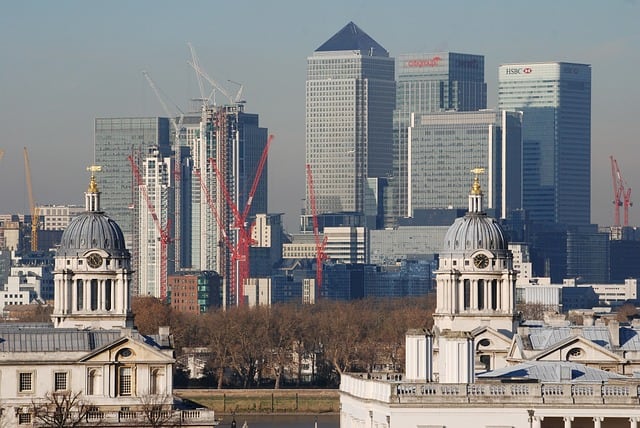
Enjoy a beverage made with care as the sun sets beautifully over the lovely landscape below. The setting is chic and relaxing.
Want to see the mesmerizing view from a luxurious lounge? Don’t miss out on experiencing your time in this Sky Bar.
Afternoon Tea at Old Royal Naval College
Visit the Old Royal Naval College and partake in a British ritual: afternoon tea.
Enjoy a variety of finger sandwiches, freshly baked scones, and delicate pastries against the breathtaking backdrop of this wonderful UNESCO World Heritage Site.

Explore the sophisticated atmosphere of this time-honored Greenwich tradition while sitting back and relaxing at this Old Royal Naval College traveling through the time.
Greenwich Market

The historic market in Greenwich is great for shopping - but also excellent for eating!
There's a plethora of street food on offer as well as small shops to pick up sandwiches and pastries.
The market is also a great option for food if you are travelling on a budget.
Greenwich Museums and Art Galleries
If you're wanting a taste of culture, there are plenty of options to choose from. Here you'll find a list of museums and art galleries - many of which are FREE!
Check Out the National Maritime Museum - FREE
Located at the bottom of the park, this is the largest maritime museum in the entire world.
Established in 1937, it houses a collection of over 2 million objects, including over 2,000 model ships!
The museum's official opening took place on the 27th of April 1937 by King George VI.
Queen's House - FREE
Queen's House is a formal royal residence from around 1619.
Inigo Jones designed it for Anne of Denmark, the queen of King James I, and was later altered for Queen Henrietta Maria, wife of King Charles I, hence the house's name.
The view of the river from The Queen’s House is protected and explains why Christopher Wren’s Naval College (which stands between you and the Thames) is made up of two identical buildings that are not connected.
Wren was given specific instructions not to impede the view of the Thames from the Queen’s House, which meant he couldn’t connect the two wings of the College!
One of the most unique things to see here is the Tulip Stairs, a beautiful spiral staircase perfect for a photo stop. This is also the home of the Armada Portrait, a pretty famous painting of Queen Elizabeth I.
The Ranger's House
Art lovers will want to stop by the Ranger's House in the lovely Greenwich Park.
This elegant villa presents the collection of Sir Julius Warnher from the 19th century.
The Wernher Collection features exquisite decorative art from numerous eras.
Each piece is carefully preserved to let you see one of the best private art collections in more detail.
The stunning paintings, delicate jewelry, and fascinating objects on display will hold your attention as you wander the house.
TIP: This attraction is included with both the London Pass and the Explorer Pass.
The Fan Museum
The Fan Museum is a one-of-a-kind and fascinating museum that celebrates the art of fan-making, and you should visit it.
Over four thousand fans representing the cultural and historical significance of these items are housed in this hidden gem of a museum.
Stroll through the museum's refined chambers and learn more about the skilled hands that made these beautiful trinkets.
TIP: Admission is included with both the London Pass and the Explorer Pass.
The Quantum Cloud Sculpture - FREE
This isn't technically an art gallery, but it IS a piece of incredible art. The magnificent Quantum Cloud Sculpture adorns the Greenwich Peninsula, and it's sure to captivate you.
Thousands of steel bars, seemingly defying gravity, form this awe-inspiring sculpture by artist Antony Gormley.
As you stand beneath it, you will be overwhelmed with awe and wonder at its ornate construction.
So, if you love to be amazed by the wonders of science and nature, this Quantum Cloud Sculpture is a must to check out.
The NOW Gallery - FREE
In this dynamic venue, up-and-coming artists from all over the world present their cutting-edge shows and installations.
Get lost in mind-blowing art pieces that test your imagination's limits.
The NOW Gallery is great for art lovers of all ages because the exhibits are always changing and fresh.
Greenwich Parks and Nature Spaces
For picnics, long walks, or kid-friendly play areas, there's a lot of green space in Greenwich just waiting to be explored!
East Greenwich Pleasaunce - FREE
East Greenwich Pleasaunce is the perfect place to get away from the city and stroll.
This beautiful park provides a tranquil getaway thanks to the site's immaculate landscaping.
Take your time and enjoy the weather or a picnic with your loved ones while taking a break on one of the benches.
There's a nice bandstand in the park where, on a good day, you can watch a concert.
Greenwich Park - FREE
Greenwich Park was the first Royal Park of London to be enclosed (in 1433) and stretched over 74 hectares (180 acres).
The parkland was given to King Henry IV by his uncle, the Duke of Gloucester, in 1427.
Henry VIII used the park for hunting and opened it to the public during the 18th century.
Trivia: On public holidays in the 18th century, the big hill in Greenwich Mark was used for mass tumbling, as men and women rolled down the hill for fun!
Greenwich Peninsula Ecology Park - FREE
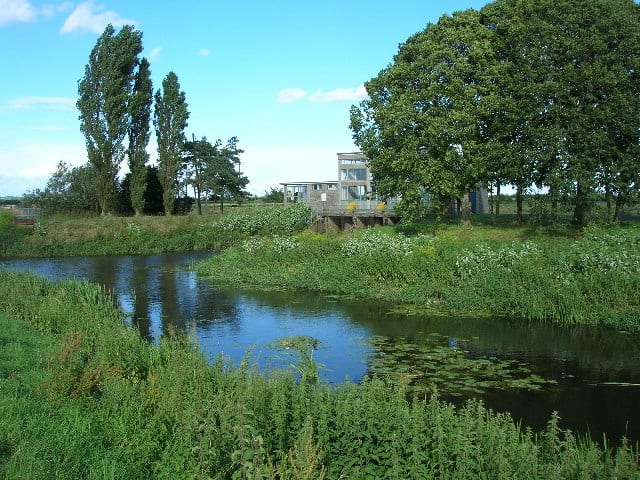
As mentioned above, Greenwich Peninsula Ecology Park is a great place to get away from the city and spend some time in nature.
This peaceful retreat is a haven for wildlife and an opportunity to learn about various ecosystems.
Maryon Wilson Park - FREE
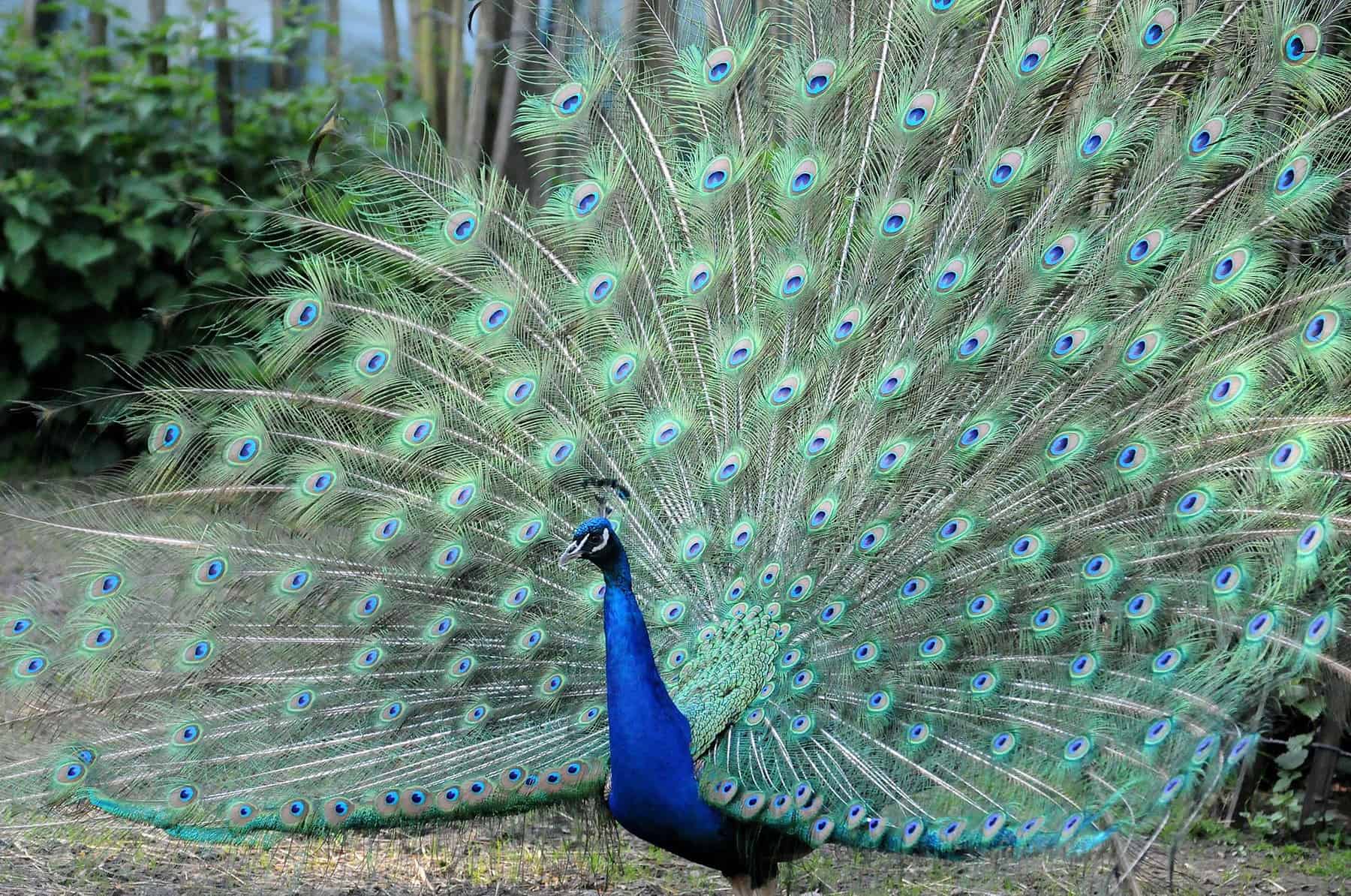
As mentioned above, Maryon Wilson Park is a great place for families - but it's also worth visiting for adults! There are hiking routes, picnic spots, and even an animal sanctuary all located inside this vast area of greenery.
Annual Events in Greenwich
In addition to all the activities you can enjoy year-round, there are also several events that only happen once a year.
This section will provide a short list of the best annual and seasonal activities in Greenwich.
Movie Nights and Wimbledon in Canada Square Park
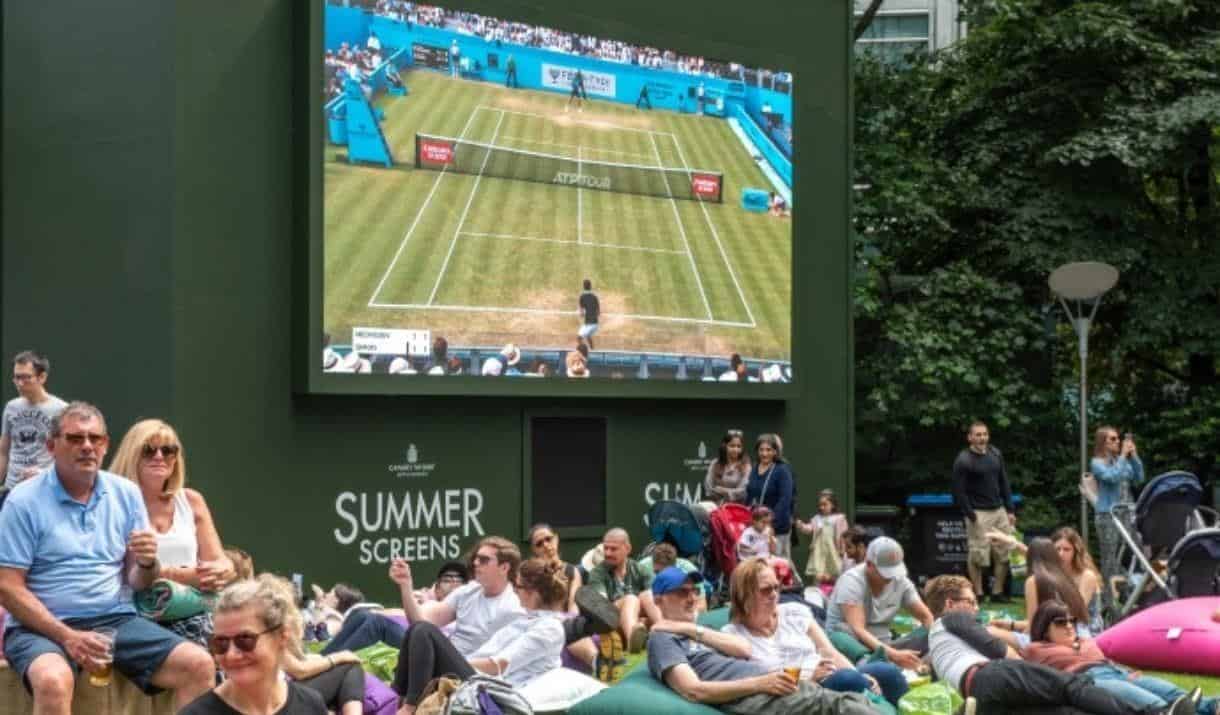
Every summer, Canary Wharf hosts movies in the park from June - August. Admission is free and takes place every other Tuesday at 19:00 (7 pm).
They also have daytime screenings aimed at family audiences every other Saturday at 10:30 am.
Also, during Wimbledon, you'll find large screens in the same area showing live coverage of the matches!
Greenwich Summer Sounds

This is a new summer concert series which takes place in Greenwich, and it will likely become an annual event. Last year in 2023, performers were Tom Jones, Black Eyed Peas, and Nile Rodgers.
Greenwich + Docklands International Festival
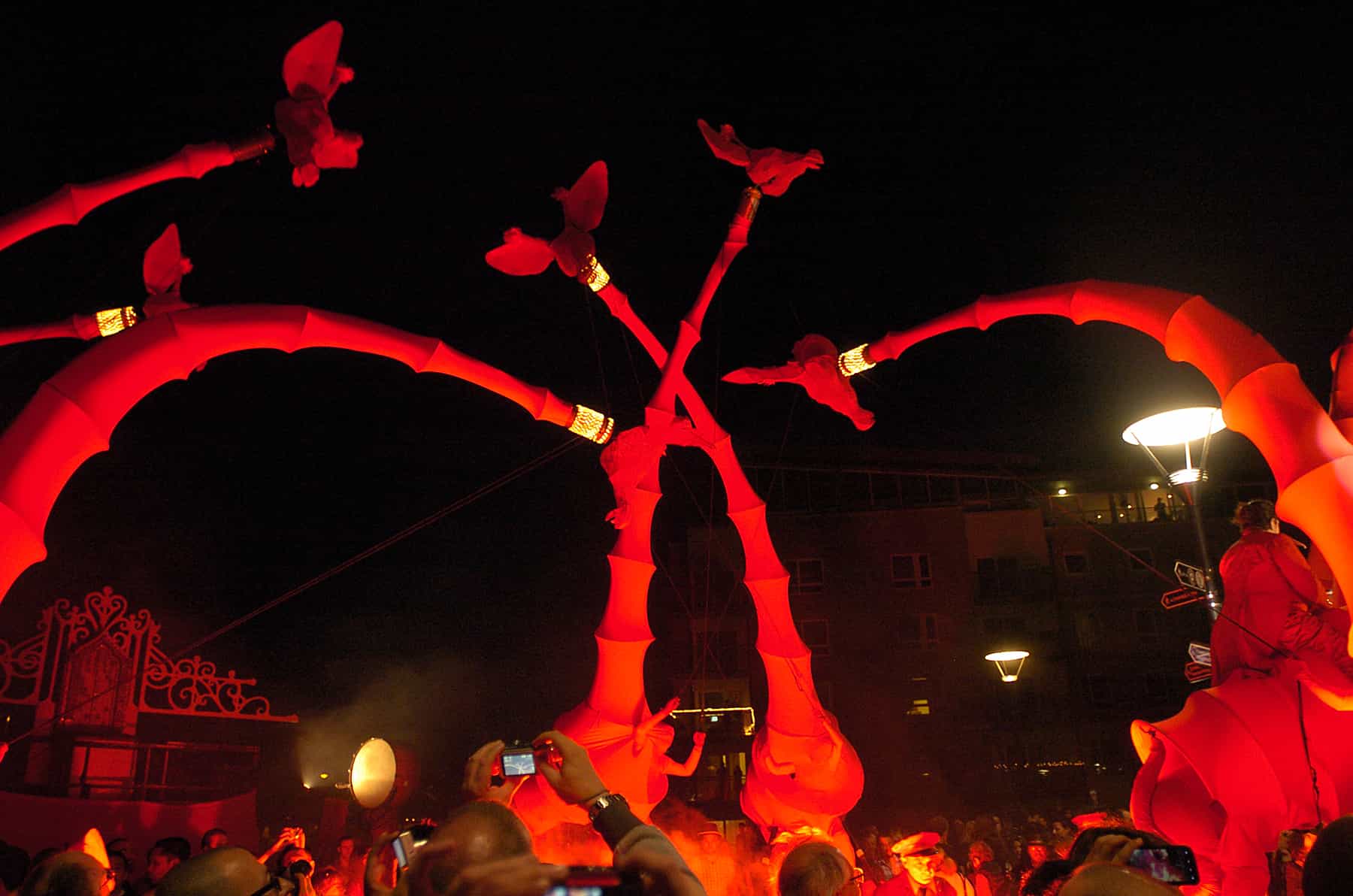
Over the course of nearly 3 weeks, this yearly summer festival includes a lot of outdoor theatrical performances that audiences can enjoy for free.
Queen's House Ice Skating
During the winter, they set up an ice skating rink right outside of Queen's House. Visitors can also expect various market stalls to be offering festive treats such as mulled wine and hot chocolate.
Sparkle in the Park
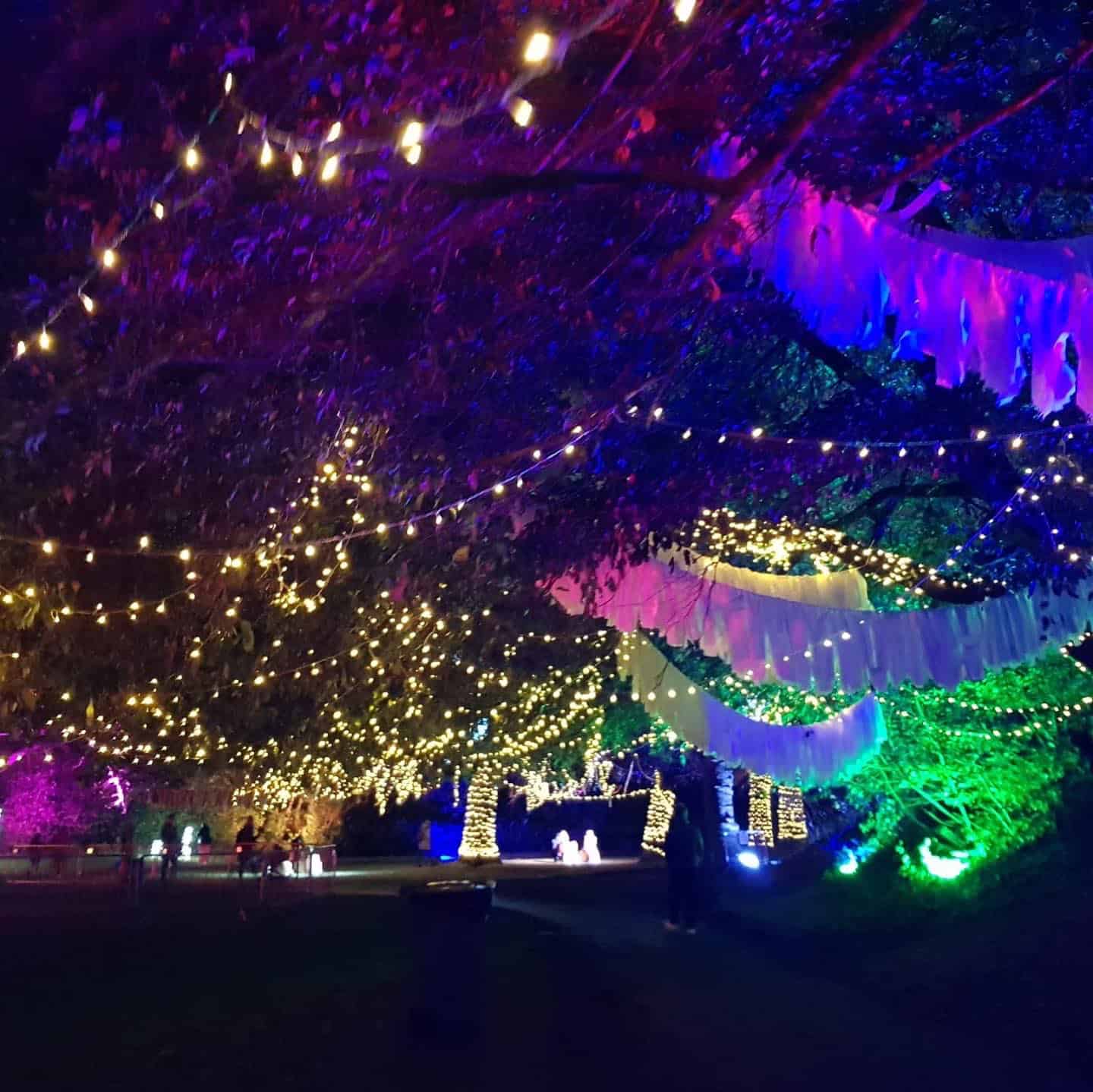
In the winter, Well Hall Pleasaunce offers a special event for residents which invites families and their children to walk a festive trail of lights in honor of the holidays.
How to Get Here
There are a lot of easy ways to reach Greenwich from anywhere in London, but some methods of transportation are a bit better than others.
Here are a few of the easiest ways to get here:
Thames Clipper
The Thames Clipper (Uber Boat) runs from the Barking Riverside pier to the Putney pier, including stops at the London Eye, Westminster, the Tower of London, Canary Wharf, and of course Greenwich.
Related Posts
